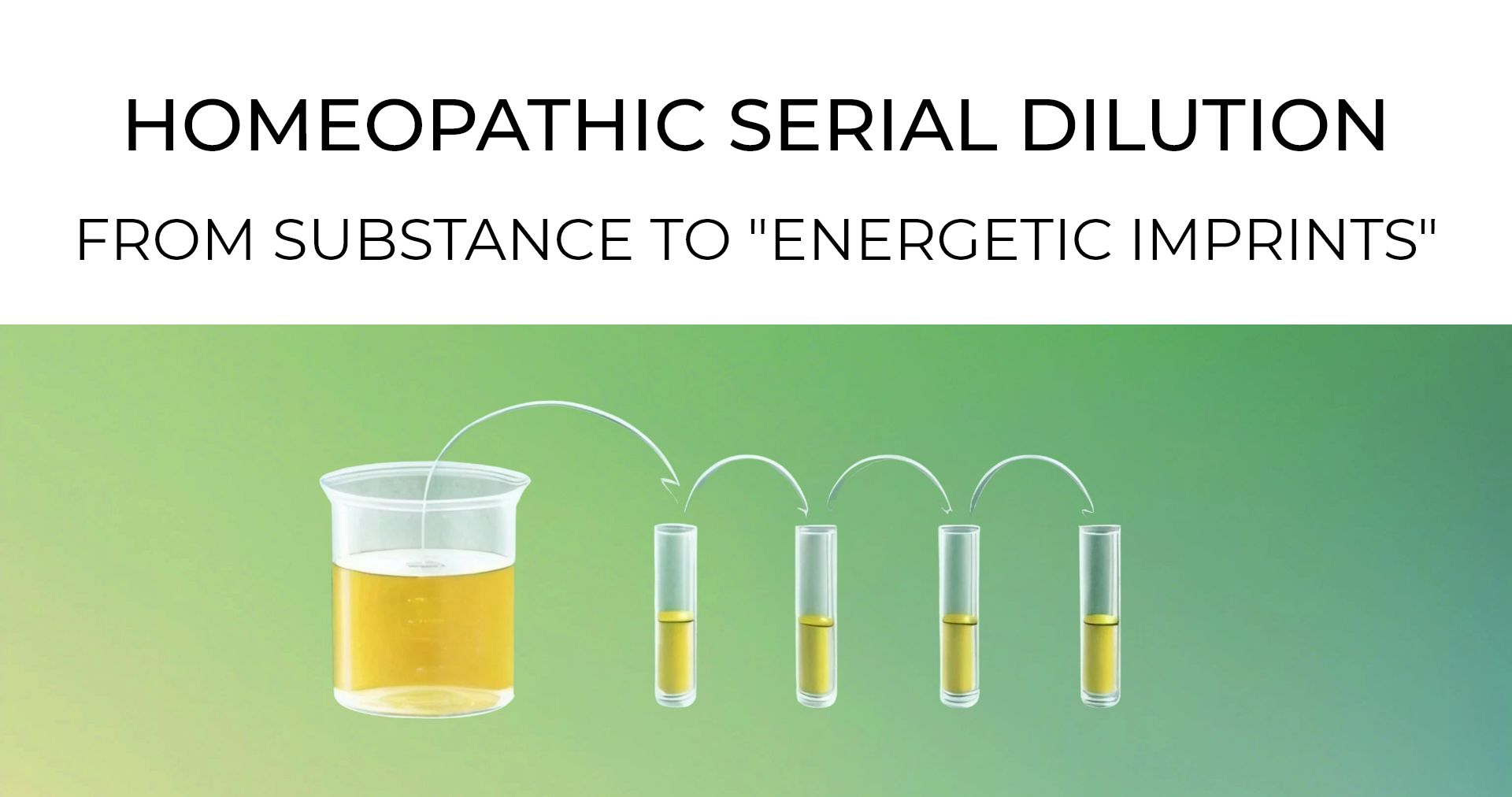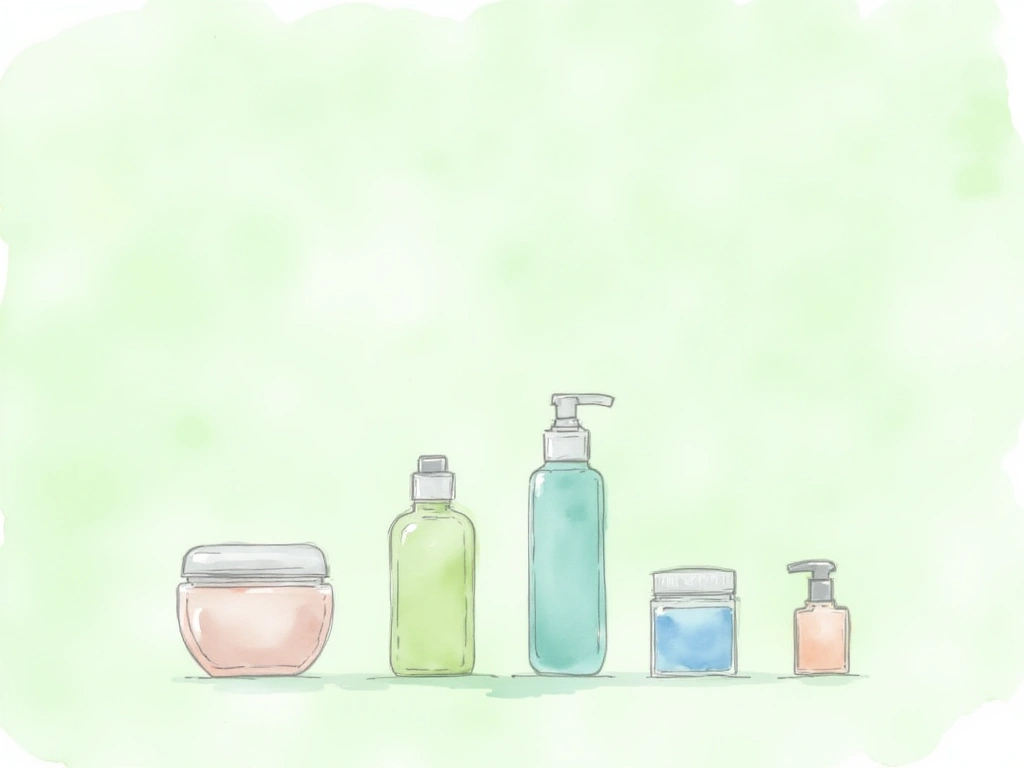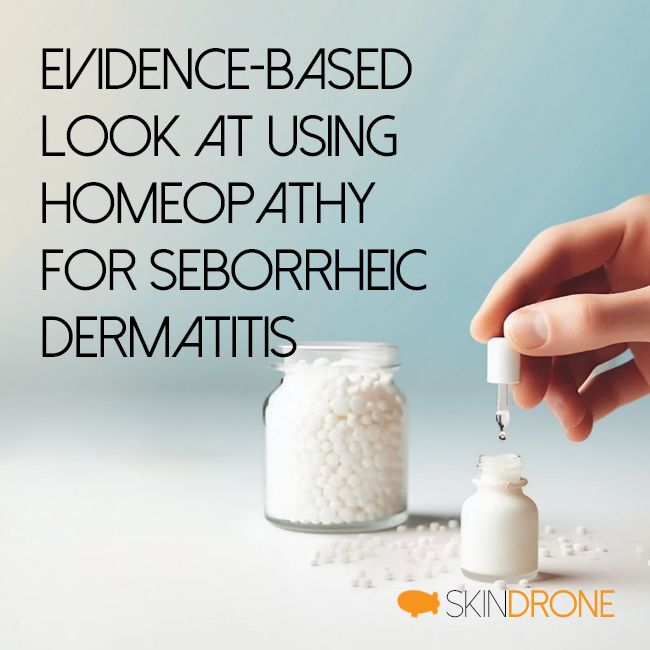- Struggling with seborrheic dermatitis and considering homeopathy? This article dives into the evidence.
- Small studies hint at potential homeopathic benefits, but robust research is lacking.
- Conventional treatments remain the cornerstone for managing seborrheic dermatitis.
- Integrative approaches offer more evidence-backed support than homeopathy.
- Ethical considerations weigh heavily against recommending homeopathy due to lack of robust evidence.
Seborrheic dermatitis is a common, long-term inflammatory skin condition that affects areas rich in sebaceous glands, like the scalp, face, chest, and back [1, 2]. The characteristic scaling and flaking can be uncomfortable and diminish quality of life. While the exact cause isn’t fully clear, it’s believed to involve a mix of factors, including sebum production, yeast overgrowth (Malassezia), and immune system responses [2, 1, 3].
Standard treatment typically involves antifungal medications, mild corticosteroids, and other topical treatments [4, 5, 6]. However, interest in complementary and alternative approaches is increasing. Homeopathy, an alternative treatment often debated, is one such option.
TLDR: Homeopathy, a controversial alternative medicine using highly diluted substances, is under scrutiny regarding its effectiveness. Despite a few small studies suggesting possible benefits, more extensive research is necessary. For seborrheic dermatitis, conventional medications and evidence-based integrative remedies are the primary recommended treatments.

Homeopathy: What is it?
Homeopathy is an alternative medicine system that originated in the late 18th century. Its core principle is “like cures like.” This means it uses highly diluted substances that, in undiluted form, would cause symptoms similar to the disease being treated [7, 8].
Homeopathic preparations undergo serial dilution and vigorous shaking, a process called succussion. The dilutions are so extreme that often no molecules of the original substance remain in the final product. Proponents suggest that succussion imprints a “memory” of the substance in the water, which then stimulates healing [8].

Remedies are personalized to each individual. It’s believed that lower potency remedies work more on the physical body, while higher potencies have a more profound effect on the mind and emotions [8].
Due to the high dilutions, homeopathic remedies are generally considered to have minimal side effects compared to conventional drugs. However, significant controversy surrounds homeopathy due to its lack of scientific plausibility and robust evidence of effectiveness.

Homeopathy for Seborrheic Dermatitis: Does it Work?
Some small-scale studies have explored homeopathy for seborrheic dermatitis, suggesting potential benefits:
- Case Studies: A study following 2 patients with seborrheic dermatitis reported full recovery and sustained remission after individualized homeopathic treatment [9].
- Acne Scarring Trial: In a small trial, homeopathic Sulphur and Tuberculinum showed improvement in acne scarring compared to placebo, although specific potencies were not detailed [8].
- Rosacea Cases: A case series of 3 patients with rosacea, a similar condition affecting sebaceous areas, showed benefit from personalized homeopathic remedies [9].
However, it’s important to note that larger, more rigorous studies are lacking. A systematic review of homeopathy for skin conditions, including seborrheic dermatitis, found most controlled trials to be negative [4, 11]. Positive findings in a few smaller studies have generally not been reproducible in further research.
Proposed mechanisms for how homeopathy might work, despite the extreme dilutions, include [7]:
- Nanoparticle Formation: The idea that nanoparticles form and retain properties of the original substance.
- Psycho-physiological Influence: Effects on the mind and body through some unknown mechanism.
- Stimulating Self-Healing: Triggering the body’s own healing processes.
It’s also recognized that placebo effects can play a significant role. Placebos can positively influence symptoms like pain and disability through psychological factors like expectation and conditioning [12, 13].

Ethical Considerations of Homeopathy
The ethics of using homeopathy are debated:
Potential Upsides:
- Non-invasive: Homeopathy is a gentle approach.
- Accessibility and Cost: It can be relatively inexpensive and widely available [5, 14].
- Patient Choice and Well-being: It aligns with patient preferences for alternative treatments and may improve quality of life for some [15].
- Placebo Benefit: The placebo effect can offer real, though subjective, relief [16].
Potential Downsides:
- Lack of Scientific Basis: Homeopathy lacks a credible scientific mechanism and strong evidence of effectiveness beyond placebo [17].
- Contamination Risks: Improperly prepared remedies could pose contamination risks [18].
- Delaying Effective Treatment: Relying on homeopathy may lead to avoiding or delaying proven conventional care.
- Misinformation: Promoting homeopathy can spread false beliefs about health and treatment [19].
From a utilitarian perspective, considering the balance of benefits and harms, many argue that homeopathy is ethically problematic and should not be recommended by healthcare professionals [19]. However, if a patient finds subjective relief and placebo benefits without significant harm, and alongside conventional care, the decision to cautiously explore homeopathy might be viewed as a personal one.
For seborrheic dermatitis, focusing on evidence-backed conventional and natural alternatives is a more responsible approach.

Conventional Treatments for Seborrheic Dermatitis
While interest in integrative approaches grows, [conventional medications][2] are the well-established foundation for treating seborrheic dermatitis, supported by strong scientific evidence. These include:
- [Antifungal Agents][3]: Ketoconazole and zinc pyrithione are first-line topical treatments that target Malassezia yeast.
- Anti-inflammatory Agents: Mild topical corticosteroids like hydrocortisone reduce inflammation. Calcineurin inhibitors such as tacrolimus are also used.
- [Coal Tar][4]: Topical coal tar has anti-inflammatory and antifungal properties.
- [Salicylic Acid][5]: This keratolytic agent helps to lift and shed excess skin scales.
- Selenium Sulfide: An antifungal that also helps to peel the outer skin layer.
- Phototherapy: Used for severe cases unresponsive to topical treatments.
These conventional treatments have the most robust evidence base for effectively managing seborrheic dermatitis. They can be integrated with gentler complementary approaches for a comprehensive treatment plan.

Integrative Approaches with Better Evidence
Several integrative remedies have stronger evidence for seborrheic dermatitis relief compared to homeopathy:
- [Tea Tree Oil][6]: Diluted tea tree oil, with anti-inflammatory and antimicrobial properties, can be applied topically.
- [Aloe Vera][7]: Aloe vera gel can soothe and reduce inflammation when applied to the skin.
- [Honey][8]: Topical honey’s antimicrobial properties may help with scaling.
- [Probiotics][9]: Specific probiotic strains, like Lactobacillus paracasei, are being researched for their potential to improve immunity and gut health, which may influence skin conditions like seborrheic dermatitis.
- [Stress Management][10]: Stress can worsen seborrheic dermatitis. Techniques like meditation may be beneficial.
- Dietary Changes: Some individuals may find relief by limiting oils, dairy, and sugar. An overall balanced, anti-inflammatory diet is generally recommended.
These integrative options, alongside conventional treatments, are better supported by research for managing seborrheic dermatitis than homeopathy in current evidence.

Conclusion: Evidence-Based Choices for Seborrheic Dermatitis
Currently, there is insufficient robust evidence to support homeopathy as an effective treatment for seborrheic dermatitis. While a few small studies suggest potential benefits, more extensive, high-quality research is necessary.
Conventional medications like topical antifungals, corticosteroids, and keratolytics remain the primary and evidence-backed treatments. These, combined with evidence-informed integrative remedies, form the most effective management strategy for seborrheic dermatitis.
While some integrative approaches, such as diluted tea tree oil, show promise in research, homeopathy remains a controversial option due to the lack of scientific plausibility and conclusive evidence. Individuals interested in homeopathy may consider it cautiously, but prioritizing conventional and integrative methods with stronger evidence is recommended.
Further research is needed to fully understand any potential mechanisms of homeopathy and determine if it can offer clinically meaningful benefits for seborrheic dermatitis. For now, conventional treatments should be the cornerstone of therapy, supplemented by complementary approaches with demonstrated efficacy for optimal management.

No Comments
Be the first to start a conversation